Is Hair Transplant Permanent or Temporary Solution?
Facial Plastic Surgery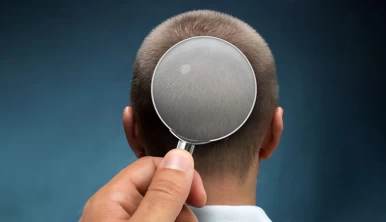
Hair transplantation, also called hair restoration or hair replacement, is an outpatient procedure that utilizes micrografting technology to donate hair follicles from the back or sides of the head where hair is thicker (donor area) to parts of the scalp with thinning hair or baldness. Hair transplants can be permanent, as the transplanted hair follicles are typically genetically resistant to hair loss.
In this article, we will delve into the intricacies of hair transplantation, exploring its long-term efficacy and shedding light on how it offers a permanent remedy for hair loss.
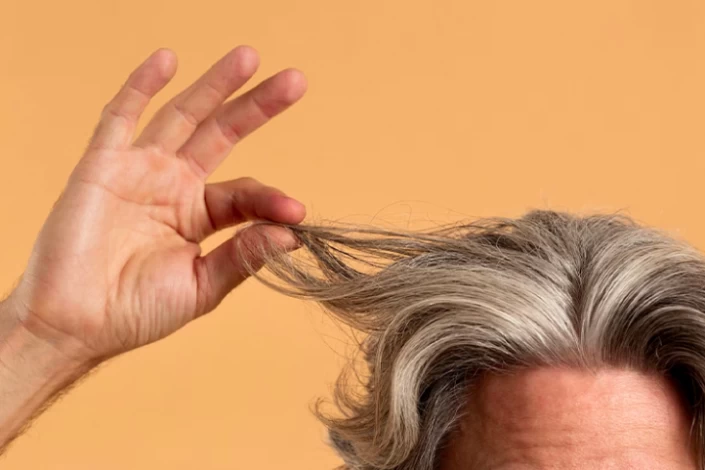
Is Hair Transplant Permanent?
A hair transplant can be a permanent treatment for hair loss. During a hair transplant, healthy hair follicles are usually taken from the back or sides of the head and implanted into the areas experiencing hair loss.
Hair follicles taken from the back or sides of the head are commonly used in hair transplantation surgeries because they are genetically resistant to the hormone dihydrotestosterone (DHT). This hormone is responsible for causing male pattern baldness or androgenetic alopecia. These DHT-resistant hair follicles maintain their ability to grow hair even when transplanted to areas that are susceptible to hair loss.
What to Expect Long-Term After a Hair Transplant?
The full hair restoration results usually take several months to a year.
The transplanted hair may fall out within a few weeks after the transplant. It is a normal part of the hair growth cycle and does not indicate a failed hair transplant. After this period, new hair growth will gradually occur, and a significant improvement can be seen.
The transplanted hair will grow naturally, just like the rest. It will require trimming, styling, and care like any other hair. The transplanted hairline will also blend in with existing hair, providing a natural-looking appearance.
As the transplanted follicles are typically taken from areas unaffected by genetic hair loss, the results of a hair transplant will be permanent, and the transplanted hair will continue to grow for a lifetime.
While the transplanted hair is permanent, it is important to note that existing hair unaffected by the transplant may continue to thin or fall out over time. Some patients may require additional procedures or medical treatments to maintain a desirable hair density and overall appearance.
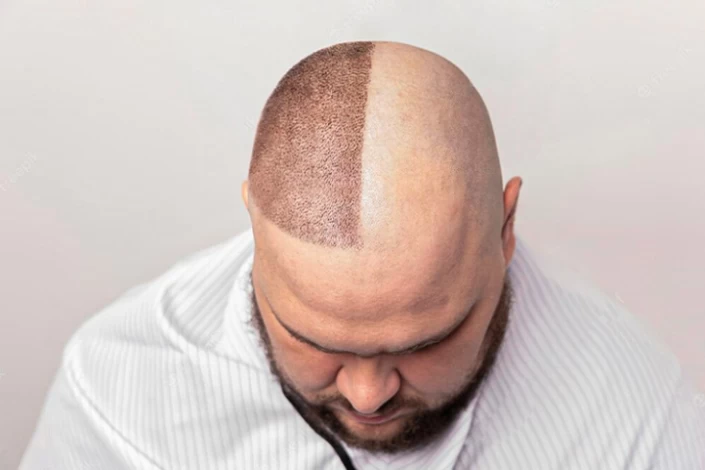
Can You Lose Hair After Transplant?
During hair transplant surgery, the surgeon removes hair follicles from the donor area and transplants them to the recipient area. The trauma from the surgery can cause the surrounding hair to enter a resting phase, leading to their shedding within a few weeks to a few months after the procedure. Hair shedding after a hair transplant is a normal and temporary condition known as "shock loss".
Shock loss is a temporary phenomenon, and the lost hair typically regrows within a few months after the surgery. However, it can be concerning for individuals who undergo hair restoration procedures as they may experience a temporary worsening of their hair's appearance before it improves.
Will I Get Permanent Results with an FUE Hair Transplant?
An FUE (Follicular Unit Extraction) hair transplant is generally considered a permanent solution for hair loss. The transplanted hair follicles through FUE are typically resistant to the hormone DHT (dihydrotestosterone), which is responsible for male pattern baldness. Therefore, the transplanted hair is expected to grow and remain permanent in the recipient area.
However, it is important to note that while the transplanted hair is permanent, it does not prevent natural hair loss from occurring in other parts of the scalp due to genetic or hormonal factors. As a result, some individuals may continue to experience hair loss in other areas and may require additional hair transplant procedures in the future.
Is Additional Treatment Needed After a Hair Transplant?
Hair transplant surgery provides a permanent solution for specific areas of hair loss. However, it does not guarantee permanent prevention or eradication of hair loss and will not impact the natural hair loss progression in other parts of the scalp.
Future procedures may be necessary to address this ongoing hair loss. These additional treatments could involve a second hair transplant or other remedies, like medications or non-surgical procedures.
When Will You Need a Second Hair Transplant?
A second hair transplant may be needed in the following situations:
- Insufficient donor hair: If the donor area of the scalp does not yield enough hair follicles during the initial transplant, a second procedure may be necessary to achieve the desired results.
- Progressive hair loss: Hair loss can continue even after a hair transplant. If the patient experiences further hair loss in other areas of the scalp, they may opt for a second transplant to address the new balding areas.
- Unsatisfactory results: In some cases, the outcome of the first hair transplant may not meet the patient's expectations. This could be due to various factors, such as poor hairline design, unnatural appearance, or inadequate hair density. A second transplant can help refine and enhance the permanent results.
- Scar revisions: Sometimes, the initial transplant procedure can result in noticeable scars or a widened scar, especially if the patient has poor healing or underwent a strip harvesting technique. A second transplant can be performed to revise and improve the appearance of the scar.
Types of Hair Transplant Surgery
There are mainly two types of hair transplant procedures:
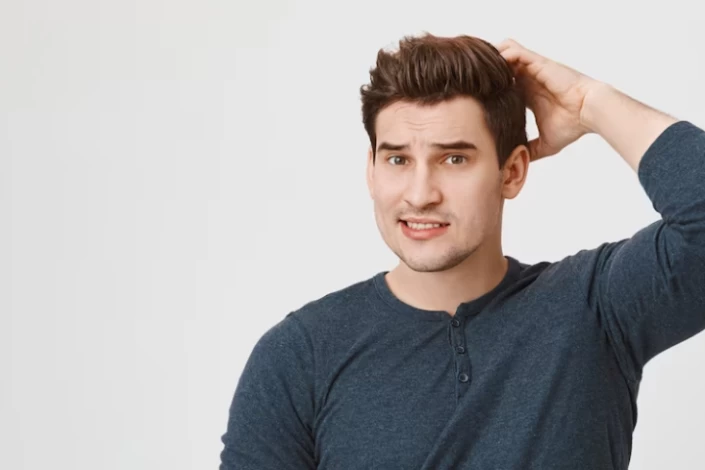
Follicular Unit Transplantation (FUT) or strip method;
In the FUT procedure, a strip of hair-bearing scalp is surgically removed from the back or sides of the head and divided into small grafts. These grafts are then transplanted into the balding or thinning areas of the scalp. This method allows for more grafts to be transplanted in a single session.
Follicular Unit Extraction (FUE).
FUE is a more modern and minimally invasive method, where individual hair follicles are extracted one by one from the donor area using a micro-punch tool. These follicles are then transplanted into the recipient area. FUE does not require a linear incision and leaves tiny, almost invisible scars. It is generally preferred for patients who prefer to maintain shorter hairstyles or have limited donor hair supply.
FUT and FUE methods can yield successful and permanent results, and the choice between the two depends on the patient's specific needs and preferences.
When to Talk to a Doctor for a Hair Transplant?
Patients should see a doctor when they are experiencing significant hair loss or thinning, affecting their self-esteem and quality of life. Here are some situations when patients may consider consulting with a doctor:
- Noticeable hair thinning or receding hairline;
- Bald patches or pattern baldness;
- Progressive hair loss;
- Failed non-surgical treatments;
- Being Unsatisfied with the current appearance.
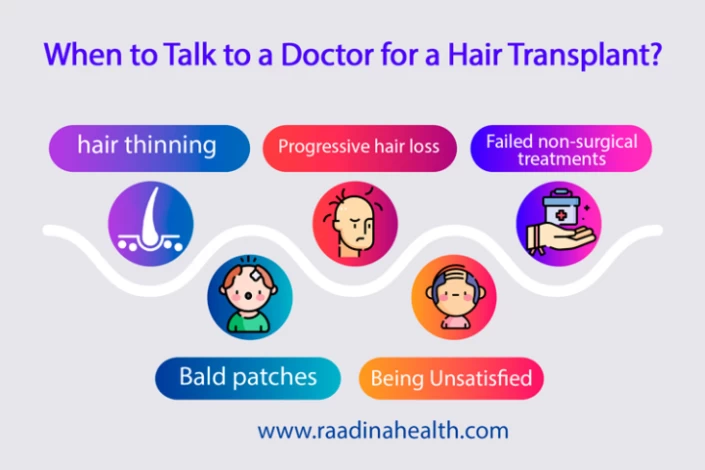
Why Choose Iran for Hair Transplant?
With its skilled surgeons, advanced clinics, affordable prices, and excellent patient care, Iran has emerged as one of the best countries for hair transplant surgery.
The country has a well-developed healthcare system and experienced hair transplant surgeons skilled in the latest techniques.
The cost of hair transplant procedures in Iran is significantly lower compared to other countries, making it an attractive option for international patients. The cost of a hair transplant in Iran ranges from $1,000 to $2,500, depending on the technique used, the number of required grafts, and the clinic.
The bottom line
While a hair transplant is a permanent solution for hair loss, the final appearance depends on various factors, including the surgeon's skill and ongoing management of the hair. Patients can increase the chance of achieving natural, long-lasting results that enhance their overall appearance by choosing an experienced surgeon and maintaining regular follow-ups.
We at Raadina Health can help you throughout your medical journey to Iran by making appointments with the best Iranian hair clinics and doctors, booking affordable accommodations, and presenting all kinds of transportation in the country.
FAQs About Liposuction Aftercare
Are there factors that can affect the longevity of the hair transplant results?
Factors include the patient’s age, genetic predisposition to hair loss, and whether they follow post-operative care instructions.
Can I lose transplanted hair?
While transplanted hair is permanent, some people may still experience thinning or loss in non-transplanted areas as they age.
How soon can I expect to see results after a hair transplant?
Initial results may be visible within a few months. However, full results typically take 6 to 12 months to manifest as the transplanted hair grows.
Is there any maintenance required after a hair transplant?
After hair transplant recovery time, the transplanted hair doesn't need special maintenance to stay permanent; you just wash and style it like normal hair. However, many people use hair loss medications (like Finasteride or Minoxidil) to help protect their original hair from falling out, which can help the overall result look fine over time.
May the transplanted hairs fall out over time, like my original hair?
The transplanted follicles will not fall out in the same way that the original balding hair does. There is an initial shedding phase after the hair transplant surgery, which is normal. However, the follicles remain and regrow new, permanent hairs.
Will I continue to lose the hair I didn't transplant?
If you have progressive pattern baldness, your existing non-transplanted hair on the top and front of your head may continue to thin and fall out over time. This cosmetic surgery only addresses the areas where hair was transplanted.
 WhatsApp
WhatsApp
 Telegram
Telegram
 Facebook
Facebook
 Email
Email



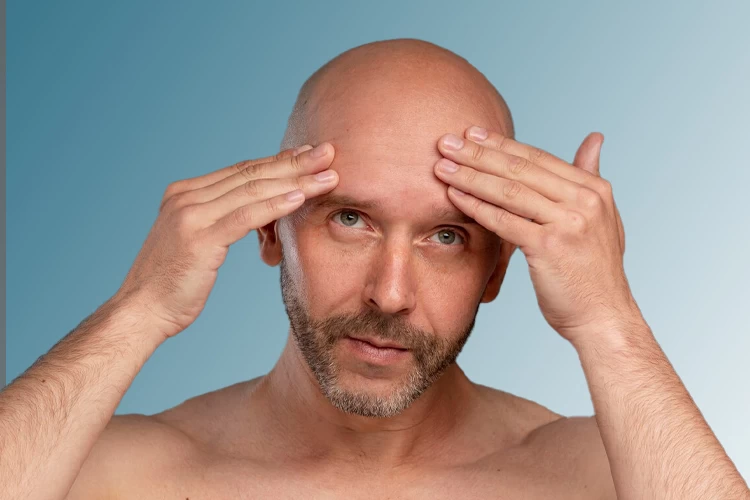
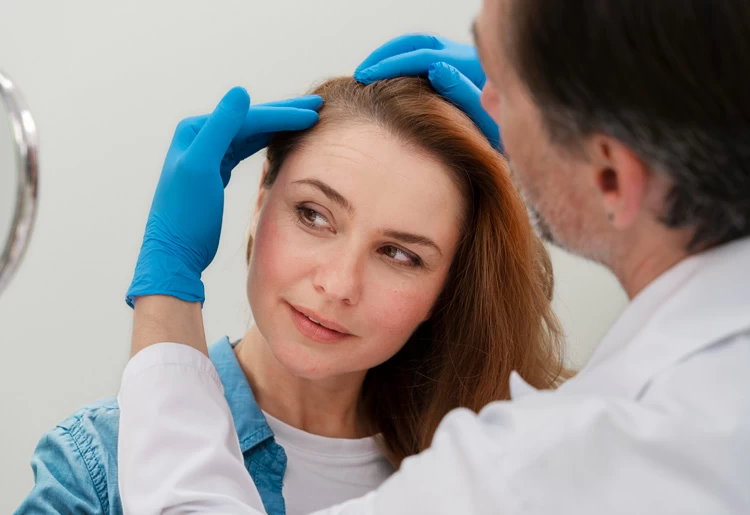

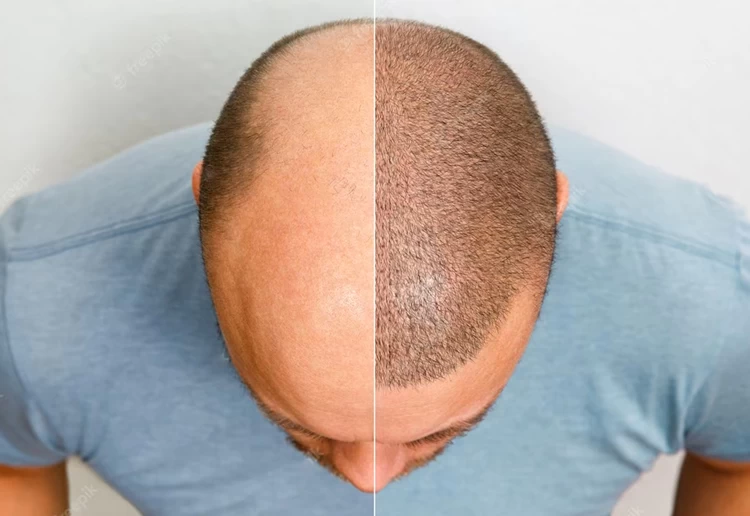


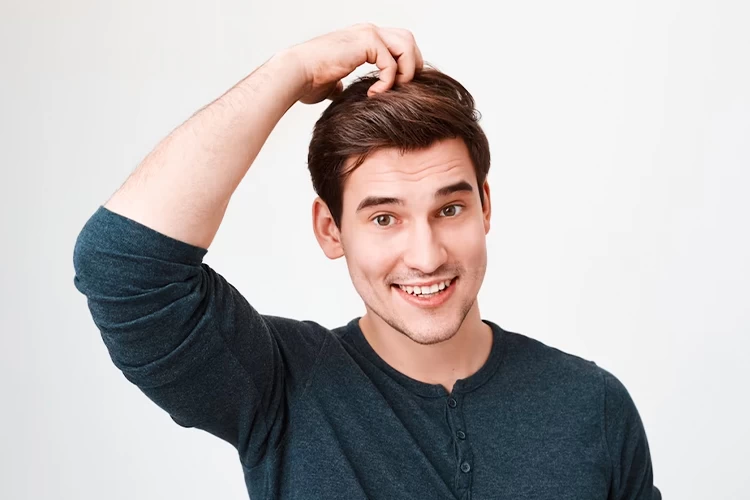

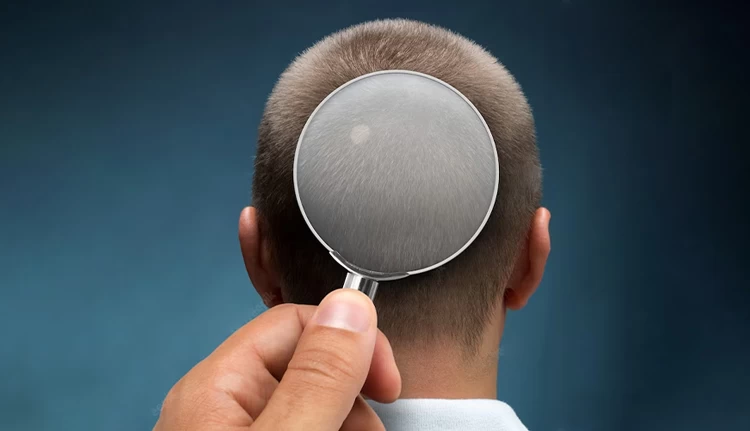

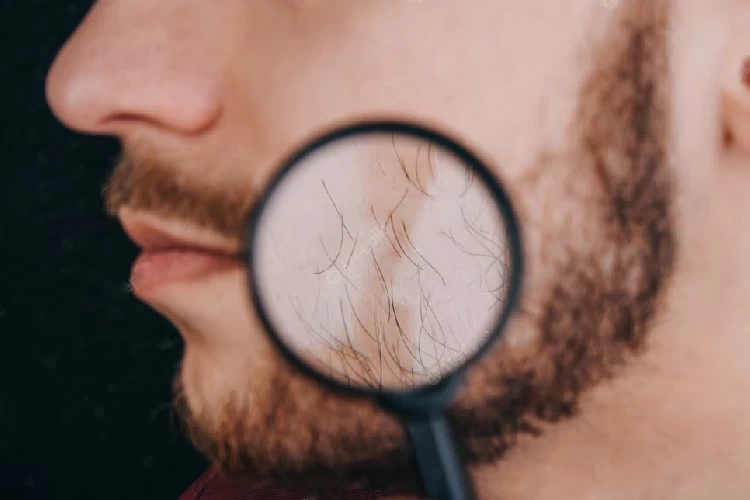
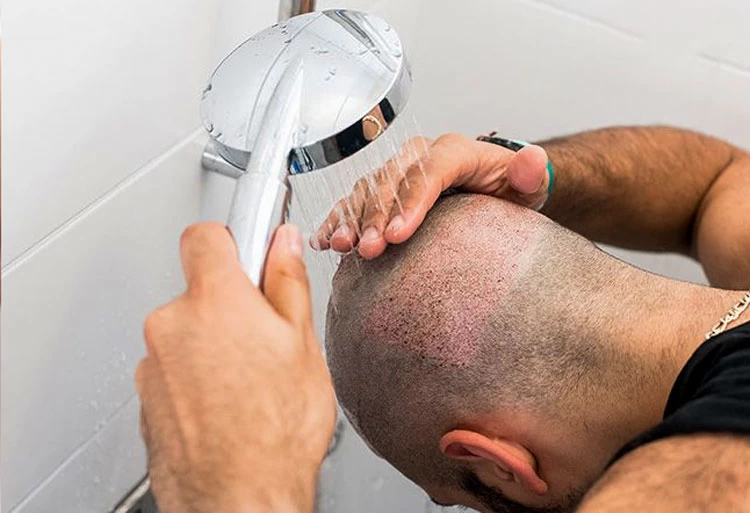

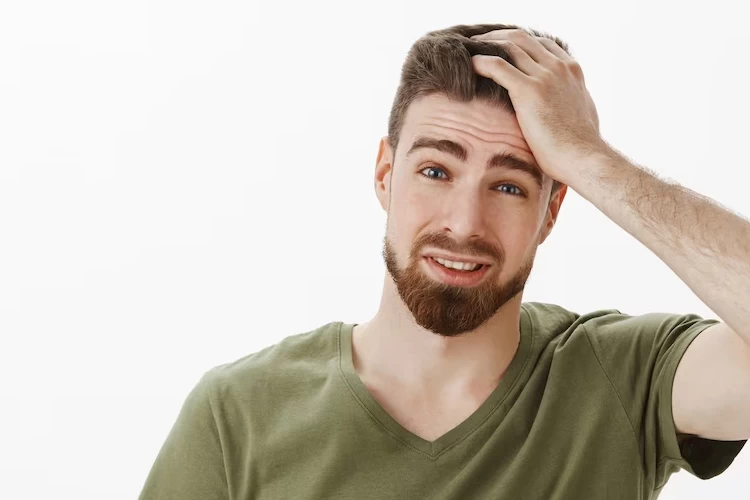




No reviews
Your comment